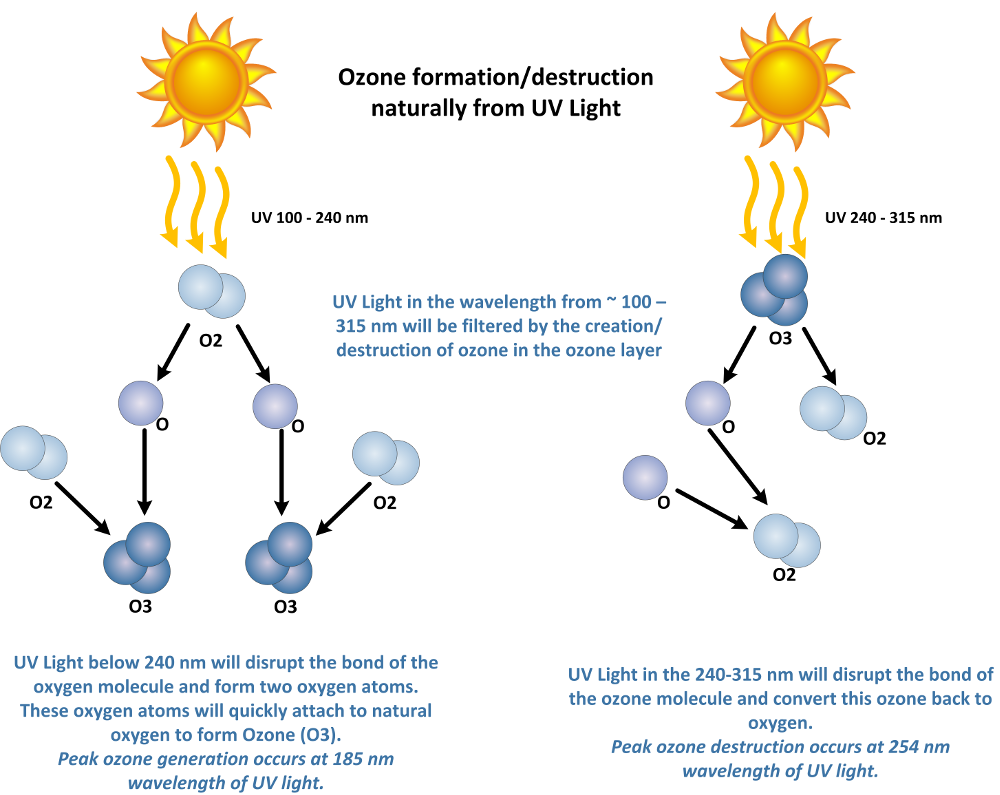Just a quick thought: Changing the configuration to push air through the filter, and having only the hose and the mask after the filter would turn any leakage from a safety issue into an efficiency problem. In the design you propose, leakage in the fitting between the filter and the pump or in the pump itself might cause the system to pull in contaminated air.
<-----------------+------------------------>
Negative Pressure | Positive Pressure
+------+ +----+ +----+
|Filter+---+Pump+-----------------+Mask|
+------+ +----+ +----+
+----+ +------+ +----+
|Pump+---+Filter+------+Mask|
+----+ +------+ +----+
This should be easier for the gas mask filters, and may be more challenging for the 3M cartridges.




 .
.
As I've learned more about the risk of high pressure care, it's definitely not for the faint of heart and can continue as an engineering thread.
I wanted share a much lower risk, less controversial application of the same parts - which is a Powered Air Purifying Respirator (PAPR).
https://github.com/jcl5m1/ventilator/wiki/Build-a-Low-Cost-PAPR